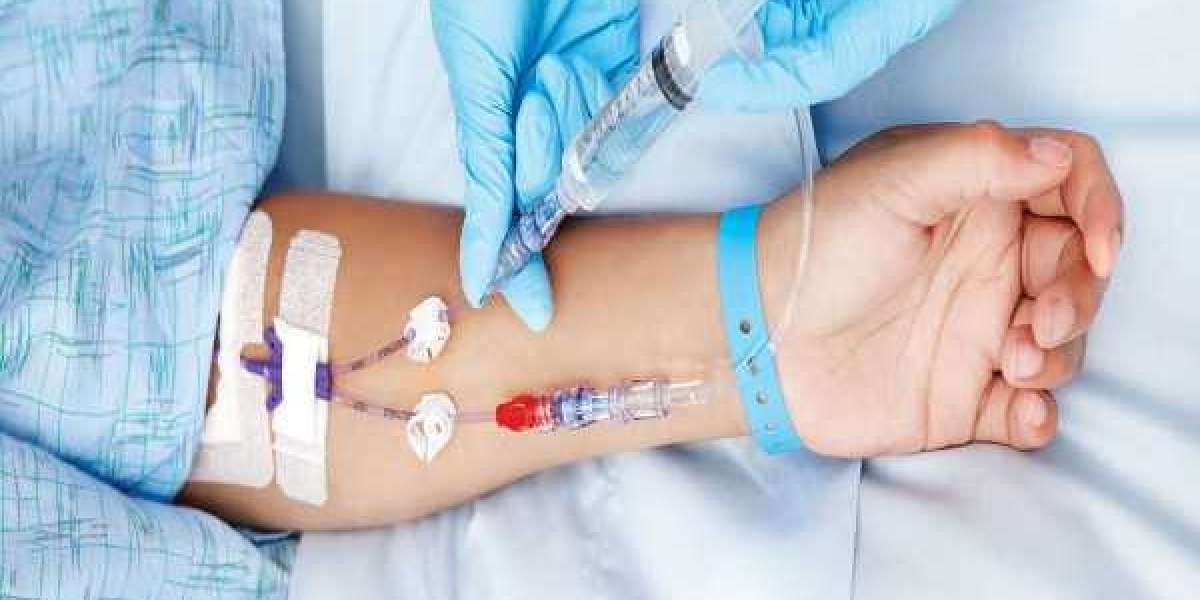Reasons for Using Parenteral Nutrition
There are a number of medical conditions that may necessitate the use of TPN to provide nutrition to patients. Some common reasons include:
- Gastrointestinal issues that prevent oral or tube feeding such as short bowel syndrome, painful inflammatory bowel diseases, intestinal obstruction or failure.
- Major gastrointestinal surgery where bowel resting is required such as bowel resectioning.
- Severe pancreatitis with concern for stimulating the pancreas.
- Severe malnutrition when oral or enteral feeding is not enough to meet nutritional requirements.
- Neurological issues such as stroke, spinal cord injury or brain injury affecting swallowing ability and safety of oral intake.
Components of Parenteral Nutrition
The nutrient components of TPN solutions are formulated based on each patient’s individual requirements. Some key components include:
- Glucose: Providing calories to meet energy needs as glucose cannot be derived from other macronutrients via parenteral delivery. Dextrose is the form used.
- Protein: Usually in the form of crystalline amino acids to provide nitrogen and stimulate anabolism. Both essential and non-essential amino acids are included.
- Lipids: Providing essential fatty acids and calories. Soybean oil, safflower oil or a lipid emulsion is used.
- Electrolytes: Parenteral Nutrition Such as sodium, potassium, calcium, phosphorous and magnesium to maintain fluid, electrolyte and mineral balance.
- Micronutrients: Including vitamins, trace minerals and antioxidants to prevent deficiencies.
Benefits of Parenteral Nutrition
When enteral nutrition is not possible or not enough to meet nutritional needs, TPN has significant benefits in improving patient outcomes and recovery:
- Prevents or treats malnutrition and its consequences including loss of lean muscle mass.
- Supports wound and intestinal healing by providing optimal nutrition.
- Maintains and improves immune function making the body better able to fight infection.
- Prevents additional complications secondary to malnutrition such as pressure ulcers.
- Supports recovery from gastrointestinal surgery or illness by meeting nutrition needs intravenously.
- Improves quality of life by relieving symptoms of malnutrition during treatment of underlying disease.
Administration and Monitoring of TPN
After determining the optimal nutrient formulation, TPN is administered continuously over 24 hours using an ambulatory or inpatient pump system via a centrally placed intravenous catheter. This can be a peripherally inserted central catheter (PICC line) or peripherally inserted catheter. Important considerations for administration and monitoring include:
- Aseptic technique for access and care of catheter site to prevent infection
- Monitoring for signs of catheter complications like occlusion or infection
- Fluid status monitoring through daily weights, intake and output
- Laboratory tests to assess electrolytes, renal and liver function, glycemic control
- Adjusting the formulation as needed based on the above monitoring
TPN is generally continued until the patient can resume adequate oral or enteral intake. Weaning is a gradual process under medical supervision.
Get more insights on Parenteral Nutrition
Get More Insights—Access the Report in the Language that Resonates with You








